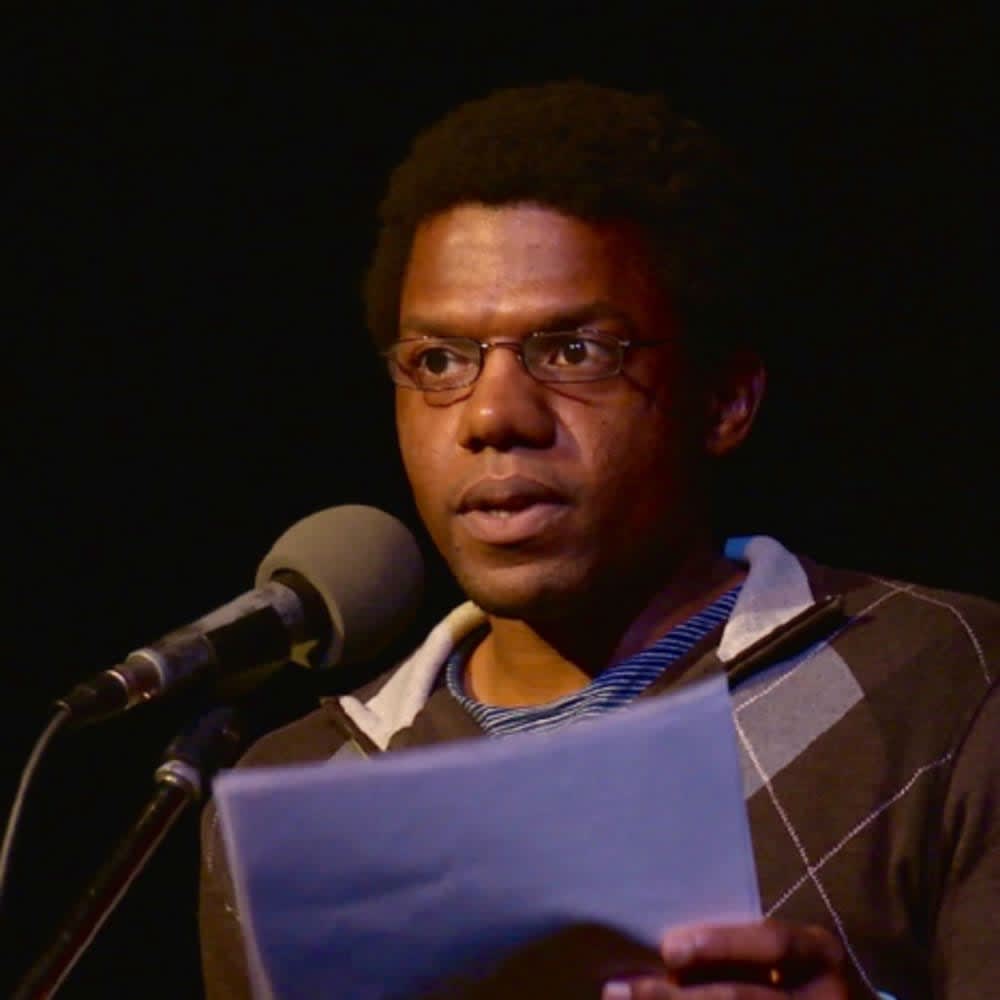College Guide for Indigenous and Native American Students
The rigor of the college experience can be challenging for anyone. Many Indigenous students face additional inequities and obstacles that can make the pursuit of higher education even more difficult.
This guide highlights challenges and circumstances that work against Indigenous students pursuing postsecondary education. Read on to learn about the resources and organizations working to reverse these trends and help Indigenous and Native American college students meet their educational goals and thrive.
Key Trends for Indigenous and Native College Students
Low Enrollment
Despite growing enrollment numbers, only 19% of young Native American adults enrolled in a postsecondary institution in 2016, according to the National Center for Education Statistics (NCES). This is the lowest rate among all racial/ethnic groups and remained unchanged between 2000 and 2016.
Most Popular Fields
According to NCES, the most popular majors for Native American students were business, social sciences and history, and education in 2006. Less than 1% of Native Americans held a bachelor’s degree in a STEM field as of 2013, according to Sandia National Laboratories.
Low Graduation Rates
According to NCES, only 39% of Native American college students in the 2011 class graduated within six years — the lowest rate among all racial/ethnic groups.
Increased Funding
Indigenous students have access to more specialized scholarships, thanks to organizations like the American Indian Graduate Center and The American Indian College Fund, as well as various tribes that provide support to those within their community. The U.S. Department of Education (ED) has also funded a project to train more Native American educators.
Challenges and Barriers to Success
Representation
Campus representation can lead to greater availability of specialized services and peer support groups. As the most underrepresented student population, Native Americans may feel isolated, unwelcome, and unsupported. A 2018 study in MRS Bulletin found that Native American teachers are also the most underrepresented group in 15 STEM disciplines at the top 50 schools, with five disciplines not employing any Native Americans at all.
Financial Challenges
Indigenous students are more likely to face financial challenges than other racial/ethnic groups. According to NCES, Native Americans have the highest unemployment rate among racial/ethnic groups at 11%. Thirty-four percent of Native American children under the age of 18 live in poverty — again the highest rate. During the 2015-2016 academic year, 87% of Native American students received grants to fund full-time undergraduate study.
Student Support Services
As one of the smallest racial/ethnic groups, Native Americans often miss out on specialized student services, such as mentorship programs. These programs provide positive results for participants, but they may be difficult to find. Advisors and support staff may need additional training to better understand the realities faced by these historically excluded students in order to support them.
Campus Climate
Underrepresentation and racism on campus can lead to negative experiences for Native American college students. A 2015 survey in the Journal of American Indian Education found that these students may have their work questioned by peers and encounter racist behavior while attending majority-white institutions.
Underfunded Schools
While most Indigenous students attend traditional schools, Tribal Colleges and Universities (TCUs) provide inclusive environments for many learners. Unfortunately, these schools often receive inadequate funding, including very little from state and local sources. These schools also provide education services to non-natives, but do not receive non-beneficiary funding. Though the federal government provides TCUs with some funding, it has not kept up with enrollment increases over the years.
Important Factors to Consider When Preparing for College
Choosing a College
When picking a college, Indigenous students should consider several factors. In addition to looking at cost, location, and program curricula, prospective learners should assess the availability of Native American support services, funding, and representation on campus. They may also want to consider one of the 32 accredited TCUs.
Applying to College
The college planning process for Native American students includes gathering all the necessary materials for the undergraduate application, such as transcripts, recommendation letters, and personal statements. Prospective students should also speak with college advisors to learn more about specialized opportunities and services for Indigenous students.
Paying for College
Indigenous students should explore all available options when paying for college. They should look for financial aid for students of color, including specific scholarships for Native American students. Prospective learners might also look at TCUs, which may offer tuition waivers and discounts for tribal members.
College Resources for Indigenous and Native American Students
Native American Student Organizations
Indigenous students, particularly those who have lived primarily on reservations, may find it challenging to adjust to campus life. A 2020 study in Tribal College found that learners with access to student groups and organizations that celebrate Indigenous culture achieved higher levels of success and community.
Mentorship Programs
Mentorship programs for Native American students can provide crucial support. Many first-generation learners need access to informed guidance, particularly when pursuing a graduate degree or a science discipline. Mentorship programs can help Indigenous students prepare for their future and access the right pathways.
Mental Health Services
Due largely to exclusionary policies, Native American communities in the U.S. have a history of being under-resourced and underserved when accessing many important social services. Relatedly, Mental Health America reports that Indigenous people experience serious psychological issues at 2.5 times the national average. To try and help address these problems, some schools and organizations have introduced specialized support programs for Indigenous learners looking for assistance. For example, the StrongHearts Native Helpline, One Sky Center, and We R Native provide mental health support and resources.
Safe Spaces
Culturally safe spaces give Native American college students places to connect to their land, people, history, and traditions. Campus cultural centers allow learners to congregate, relax, research, and speak about issues impacting Indigenous students with other Indigenous people.
Cultural Activities
Campuses that take the time and effort to host relevant cultural activities — in a thoughtful and respectful manner — can vastly improve how welcome and supported Native American college students feel at school. This can also help educate non-Indigenous students on the country’s colonial and racist histories and bring visibility to Native American culture and issues.
National Advocacy Groups and Organizations That Support Indigenous and Native Students
Bureau of Indian Education
The BIE provides educational services and support to educators and schools for Native American students. The organization runs various initiatives to improve the state of education and meet the needs of students and teachers.
National Indian Education Association
NIEA promotes culture-based learning for Indigenous students, aiming to integrate these practices into more schools and improve education for learners. Native American college students can access culture-based educational activities and helpful resources for prospective college students.
The American Indian College Fund
The largest Native American charity in the country, the College Fund provides students with access to scholarships, support resources, educational pathway assistance, and careers services.
American Indian Higher Education Consortium
A support network for TCUs, AIHEC strives to build connections between schools and communities, create new educational programs, and influence policy. Through AIHEC, Indigenous students can access counseling services, academic support, and community service programming.
American Indian Graduate Center
This organization supports Native American students by providing them with academic support services, scholarships, and other types of funding. Learners can access various publications and student resources as well.
Frequently Asked Questions for Indigenous and Native American Students
Are there any universities for Indigenous and Native college students?
Yes. In addition to the many public and private schools that Native American students can access, there are 32 accredited TCUs. According to the ED, these schools run 358 total programs and enrolled approximately 30,000 students in 2010.
Most TCUs are located in the Midwest and Southwest regions of the country. Some examples of these schools include Northwest Indian College, Sitting Bull College, Haskell Indian Nations University, and Diné College.
What is a tribal college or university?
Similar to the role of historically Black colleges and universities (HBCUs) for Black students, TCUs focus primarily on enrolling and supporting Native American college students. According to the ED, 78% of TCU student bodies are Native American and 86% of enrollees complete their program — a much higher rate than students at non-TCU schools.
These schools provide specialized support services and tuition discounts and waivers. They also oversee cultural activities and programs to enhance students’ sense of belonging and community on campus. TCUs also support their local communities and reservations.
Are there any financial aid opportunities for Indigenous and Native college students?
Yes. There are numerous financial aid opportunities for Indigenous and Native American college students. In addition to many general scholarships, Indigenous students can apply for Native American scholarships and financial aid for students of color. Scholarships that target Indigenous students often require applicants to demonstrate their tribal status as part of their application.
Native American students can also access funding opportunities through their local communities. Many governments, schools, and organizations offer funding for these underrepresented populations, as well. Learners should speak with their financial services department for more information.
What is the difference between Native and Indigenous peoples?
The difference between Native American and Indigenous is a matter of terminology and personal preference. According to UCLA’s department of Equity, Diversity, and Inclusion, both of these terms identify the people who lived on this land before European colonizers arrived. However, many Indigenous people prefer to be referred to by their specific community or nation.





